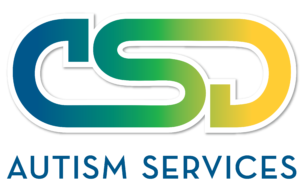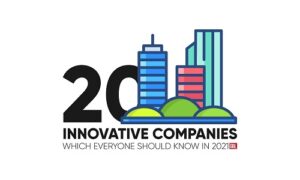Trending



Today, we provide daily care to about 2000 families—that speak more than 15 different languages, across 6 different states—with 2000 employees and clinicians from different disciplines and backgrounds. Since our inception, we have been bestowed with numerous accolades, recognitions, and awards. I believe that our growth across different states as well as expansion of service lines has been the biggest milestones in our journey so far. Presently, we are recognized as one of the largest autism service providers on the west coast.
In a short period, we have established ourselves as a leading provider that individualizes every treatment for a given patient to an extreme, as well as understands and addresses the potential barriers that different cultures and languages can create into our treatment approach for those with autism. The strong trust from families and funding sources, blended with the understanding that autism needs to be treated within a multidisciplinary approach, has distinguished our services from the competitors. Our approach allows for different disciplines within the organization such as SLP, OT, ABA, as well as a solid diagnostic team to collaborate for the best outcomes.
Understanding that different patients have different needs, we assess and determine the best environment to implement treatment for our patients to have ultimate outcomes. Depending on the patient’s need, we can offer services in our centers, in their homes, schools, and community. The patient’s response in these different environments is a key component to our success.
Furthermore, generalization of skills across those environments is something that we track daily in our outcomes and is part of an effective treatment. It recommends one or the other environment, or a combination based on data and the patient’s needs. We strive to make healthcare accessible and affordable to everyone. We also aim to improve access and patient engagement, particularly, for the minorities.
The COVID-19 outbreak severely impacted us, our employees, and our financials. The employees adapted and transitioned in many ways to go about their working days. Several activities we do at CSD were in groups or face to face. These activities were halted due to the pandemic. We quickly put measures in place to ensure safety for our staff and clients by providing masks, and stronger social distancing and sanitation protocols.
Heeding the unprecedented situation created by the COVID-19 pandemic, we nimbly transitioned to adopt telehealth. I have been strongly advocating for telehealth for several years. I believe that care through telehealth has been a very important adaptation to CSD’s services and an eye-opener for the healthcare industry in many ways.
The experience provided by telehealth has been different from in-person services. It depends on the patient’s functioning level and other important factors. Our aim through the pandemic, however, continues to be the same viz. to provide the best possible care to every individual under its attention.